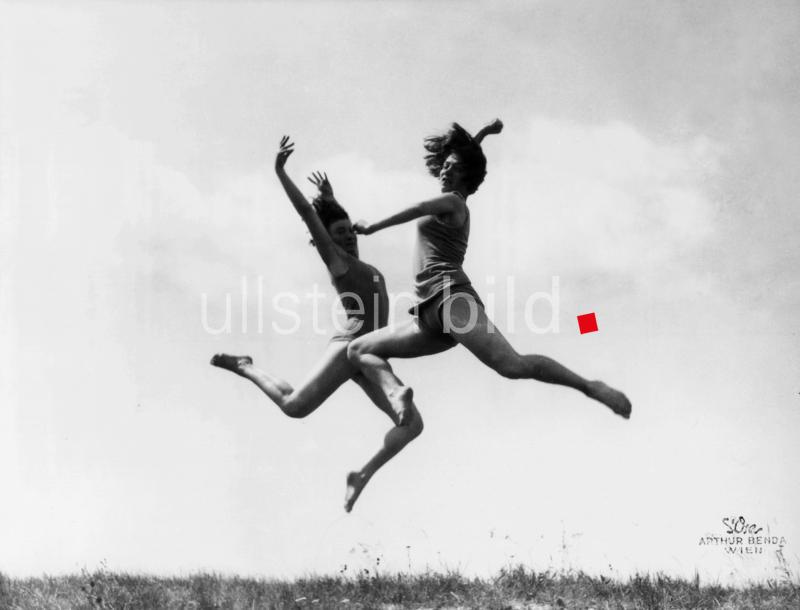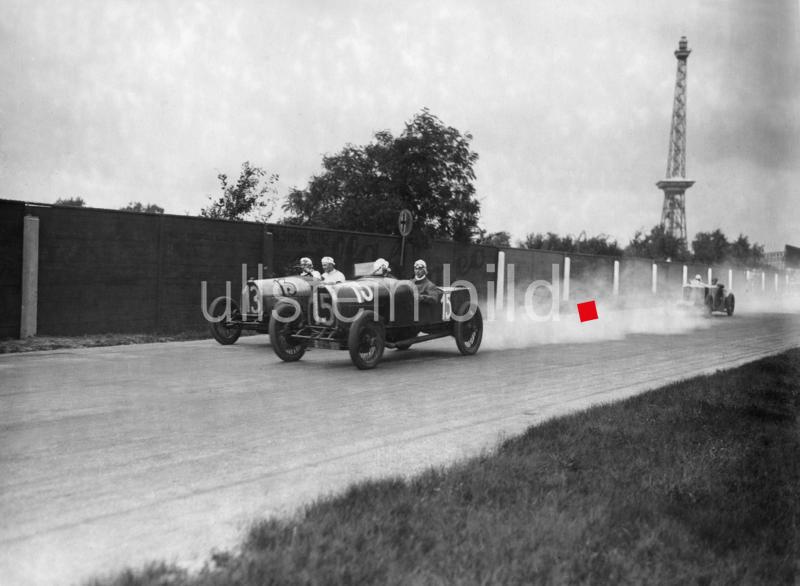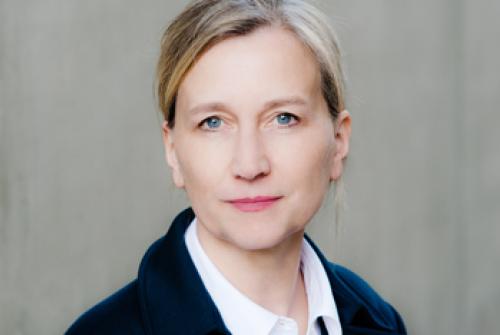100 years of griffelkunst Hamburg
Interview with Stephanie Bunk, Griffelkunst-Vereinigung Hamburg e.V., responsible for editions, exhibitions, editing
_______________________________________________________________
Ms. Bunk, a hundred years of griffelkunst in Hamburg! CONGRATULATIONS! What does this major anniversary mean to you?
Thank you very much for your congratulations, Ms. Bomhoff! Like everyone else here at griffelkunst, I am a little proud that we have achieved this. Many institutions are currently celebrating their 100th anniversary. 1925 must have been a great year, in which many good ideas took shape that are still relevant today. The idea behind griffelkunst, to make art accessible and enable many people to build their own collections, is one of them and continues to inspire people today. We have been celebrating all year, but the festivities will reach their peak in the fall. A book on 100 years of griffelkunst will be published, we will present our anniversary selection throughout Germany, and various museums will open exhibitions to mark the occasion, for example, the Hamburger Kunsthalle. The edition by Madame d'Ora, which we developed together with you, will be on display there.
To mark this occasion, a griffelkunst anniversary edition will also be published in fall 2025, featuring exclusively images from the Ullstein photographic collection in Berlin. What are the fundamental ideas behind this edition of photography classics?
We have grouped the six motifs under the title “Dawn of a New Era,” because the decade in which griffelkunst was founded was, in many ways, a time of new beginnings. This is most evident in the example of technological progress. The racing cars captured at high speed by Walter Gircke seem nostalgic today. At the time, they were a major attraction on the newly completed AVUS racetrack in Berlin. In the photo of a Zeppelin over the port of Hamburg, it is not only the airship that is impressive, but also the fact that photographer Willi Ruge boarded an airplane himself to take the picture. But there was also a spirit of optimism in the arts and culture in the 1920s. This was especially true for women, such as photographer Frieda G. Riess, who is represented in the series with a beautiful self-portrait. She was one of the first independent female entrepreneurs, and prominent figures of the Weimar Republic met in her studio on Kurfürstendamm. A photograph from the Studio d'Ora-Benda in Vienna beautifully embodies the spirit of the time. It shows two well-known Viennese dancers, who had opened a dance school together, jumping for joy. We also chose this motif for the cover of the anniversary edition of our magazine, because today more than ever, we need hope to leap courageously into the next 100 years!
Let's take a look back at the past year. In collaboration with ullstein bild collection, we created the edition on Madame d'Ora, magazine photography from 1917-1929. Even in your engagement griffelkunst macht Schule, the great Ullstein image author leaves her mark and inspires a young illustrator. What reactions did the artist's photographs elicit, and how did they resonate with your audience, which regularly gathers for the exhibition selections in around 90 different cities throughout Germany?
The Madame d'Ora edition has been very well received! Griffelkunst clearly focuses on contemporary art. Only once a year do we publish a portfolio in our “Classics of Photography” series from photographic estates. This makes it all the more popular. This is due to the exceptional quality of the selected photographers and their works. We have avid collectors who purchase every portfolio. But the historical black-and-white photographs exude a magic and narrative power that our members love to be captivated by. Even schoolchildren are exposed to the historical images through our commitment to art education. This is particularly true in the case of Madame d'Ora. For example, the studio photograph of Josephine Baker is an expression of Madame d'Ora's skill, while at the same time telling us a lot about the time in which it was taken and published. It also shows one of the most dazzling and impressive personalities of the 20th century.
To produce the editions, you work together with recom ART in Berlin, a very proven liaison.
Processing the original photographs is a matter of trust. Their character must be preserved, but at the same time, neither the same chemistry nor the same paper are available today; instead, there are completely different technical possibilities. At recom ART, the originals are scanned and digitally processed before being exposed onto baryta photo paper.
In addition to contemporary artists such as Katharina Sieverding, Anna Haifisch, Charlotte Bonjour, and Jitka Hanzlová, can we continue to expect photographic editions from different eras in the griffelkunst program?
Absolutely! In addition to the classics of photography, in which we mainly present photographs from the period up to around 1950, we also publish editions of “modern” classics, i.e., photographers who have gone down in the history of photography in the second half of the 20th century. And, of course, we also show very current photographic positions. We strive to keep our finger on the pulse of the times. Since you only mention female artists as examples, I would like to mention that in the past, the list of classics of photography mainly included the names of famous male photographers. This has changed in recent years, as there are great female photographers to discover, such as Madame d'Ora or, more recently, Frieda G. Riess.
Thank you very much, Ms. Bunk, for this interview!
Questions: Dr. Katrin Bomhoff, ullstein bild collection
First published on October 15, 2025.
In the gallery, you can see a selection of original photographs from the ullstein bild collection.
The photo dossier on the topic 1925, The world one hundred years ago can be found at ullstein bild.







